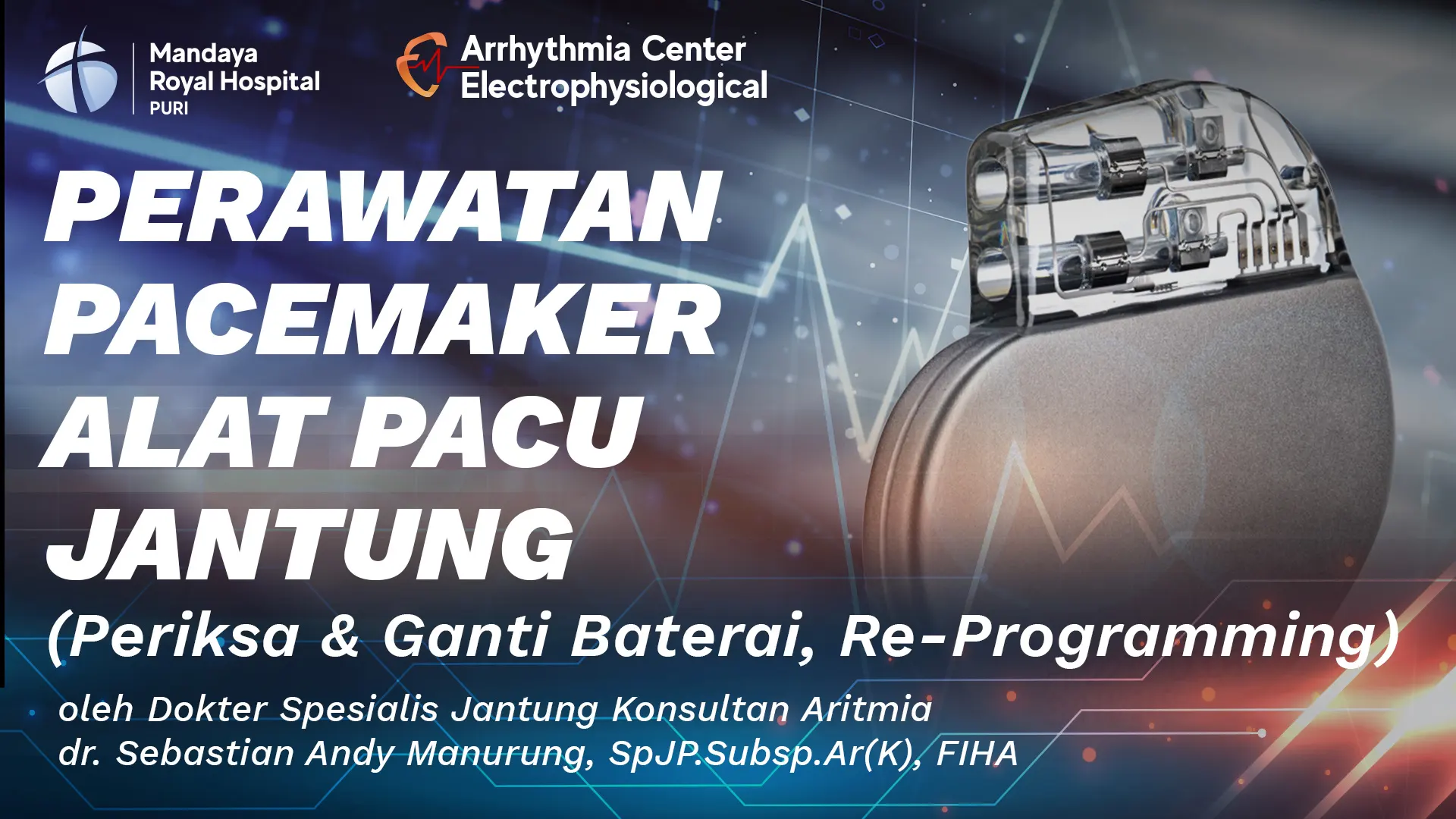Arrhythmia is a condition that occurs when the electrical signals that normally regulate the heartbeat do not function properly, causing the heart to beat too fast, too slow, or irregularly. For individuals whose hearts beat too slowly, a condition known as bradycardia, an effective treatment is the use of a pacemaker. As the name suggests, this device replaces the heart’s natural pacemaker, stimulating the heart to beat faster within normal limits.
Pacemaker is implanted permanently within the body, meaning patients cannot remove or install it themselves. However, since it is implanted under the skin in the chest area or within the heart, users are unable to detect if the device is damaged or when the battery life is depleted.
How Long Does a Pacemaker Last?
In general, pacemaker batteries last 5-10 years, depending on the brand and type of device used. In some cases, the pacemaker battery may fail prematurely, but this is extremely rare.
For this reason, all individuals with a pacemaker should regularly check its condition with a cardiologist. During each routine examination, the doctor will assess the pacemaker’s condition to determine if it is functioning properly, allowing for necessary actions to be taken if any damage is detected.
The depletion of a pacemaker battery occurs gradually, so the device will not stop functioning immediately. During this process, some symptoms that may be experienced include:
- Irregular heartbeat, either too fast or too slow
- Sudden dizziness
- Chest pain
- Difficulty breathing
- Twitching in the chest area
If the pacemaker is not replaced in time, complications such as blood clots in the vessels and heart attacks can occur.
Cardiologists Specializing in Pacemaker Care & Installation
To facilitate these needs, Mandaya Royal Hospital Puri, through its Heart and Vascular Center, offers replacement services for pacemakers of all brands. Led by dr. Sebastian Andi Manurung, Sp.JP (K), a consultant cardiologist specializing in arrhythmia, Mandaya is ready to serve patients who are already using pacemakers and require routine maintenance or replacement, regardless of the brand.
This specialist, whose expertise is still quite rare in Indonesia, explains that there are two types of pacemakers available: “There is the conventional one implanted under the skin, and a newer model without wires, called a leadless pacemaker, which is inserted directly into the heart through the blood vessels.” The choice of pacemaker model is made on a case-by-case basis, depending on the patient’s condition.
The pacemaker replacement process is relatively simpler compared to the initial installation and only takes about two hours, so recovery time is also short. This procedure only requires local anesthesia, so the patient remains conscious during the replacement. Some patients can even go home immediately after the procedure, though this depends on the individual’s health condition.
There are no particularly strict restrictions after the replacement, just avoid heavy activities for a few weeks after the surgery. Patients can also return to normal activities one week after the procedure. It is important to note that pacemaker replacement is not only necessary when the battery is depleted. Factors such as loosening of the device, changes in heart condition, and damage to other parts of the device are also indications for pacemaker replacement.
Not only focused on pacemaker replacement and maintenance, the arrhythmia center at Mandaya Royal Hospital Puri also has the latest technology to treat other types of heart rhythm disorders, such as 3D ablation for treating atrial fibrillation arrhythmia.
Depending on the patient’s condition and the type of arrhythmia being treated, ablation has a success rate of up to 90%. As a result, this procedure has become the primary choice for treating arrhythmia, aside from pacemaker installation. Although the treatments differ, the symptoms of this type of arrhythmia are similar to bradyarrhythmia. Therefore, to obtain accurate information about your heart health, consult a doctor as soon as possible.
Schedule your appointment with an arrhythmia specialist now through WhatsApp Chat, the Book Appointment page, or the Care Dokter app, which can be downloaded from Google Play and the App Store. Besides making appointments, you can also monitor queue numbers and obtain other complete information there.



